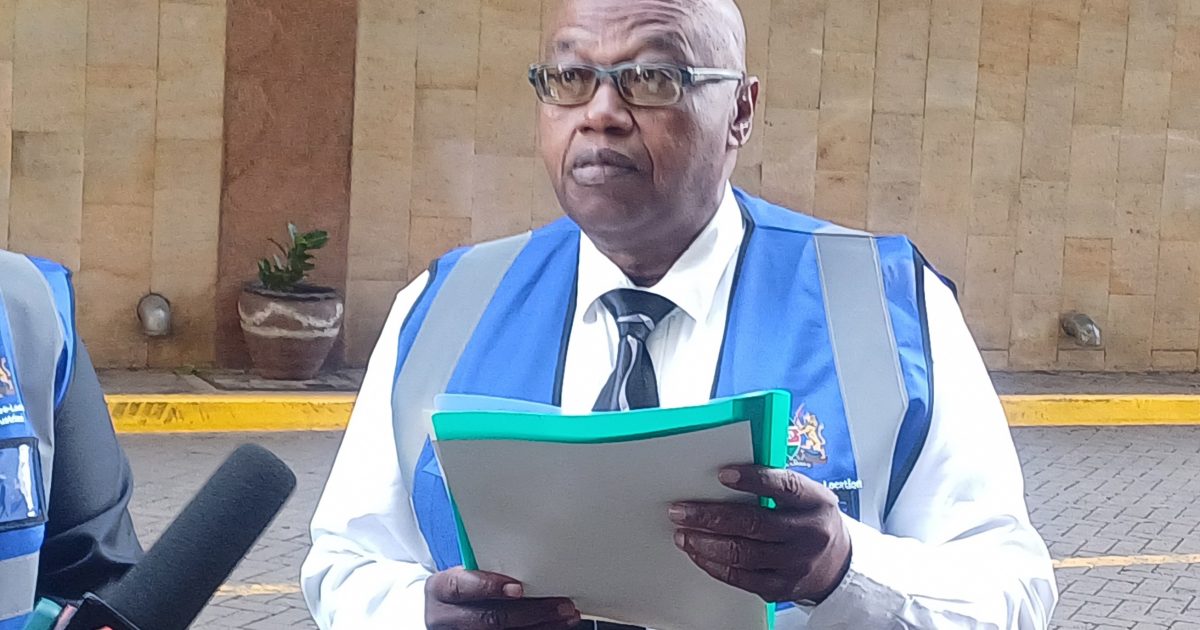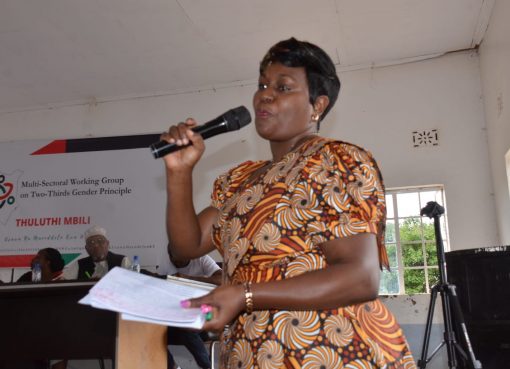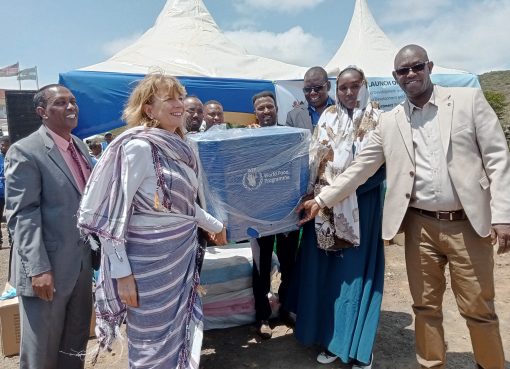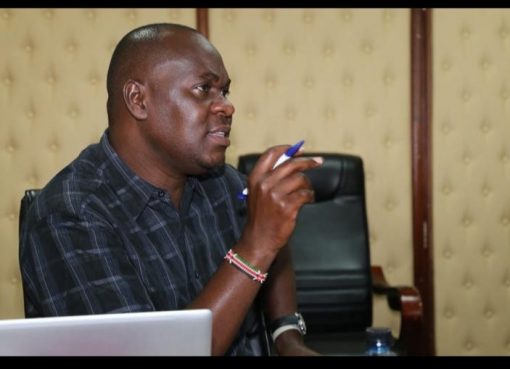The government is urging support from industrial players as it rolls out a mapping and geo-location of industries exercise across the Country starting with Nairobi City County.
Dubbed “Mapping, Geo-location of Industries and Development of Industrial Database & Directory for Kenya” the initiative aims at developing a comprehensive industrial database that will provide detailed insights into the state of industrialization in the Country.
This initiative, being jointly undertaken by the State Department for Industry, the Kenya National Bureau of Statistics (KNBS) and Kenya Industrial Estates, marks a key milestone of the government’s broader effort to revitalize and modernize Kenya’s industrial sector through evidence-based planning and policy-making.
Principal Secretary for state department of Industry Juma Mukhwana emphasized the need to remain professional during the exercise, urging industrial players to support the initiative by providing accurate information.
In his speech read on his behalf by Secretary of Administration at the State Department for Industry, Karanja Njora, during the official launching of the exercise in Nairobi on Monday, the PS said the information gathered will support the development of tailored industrial policies, enhance investment promotion and help align government support with the real needs of our manufacturers from micro-industries to large-scale industries.
“I call upon you to cooperate fully with our Research Assistants who will be coming to your establishments” he said adding that the 15-day exercise will involve the systematic collection of data from industries operating across Nairobi County.
He said the exercise aims to develop a database and directory for industries in Nairobi County, which will be instrumental in policy formulation, investment facilitation and industry development.
“Let this exercise be a model of collaboration and efficiency and a stepping stone toward nationwide mapping efforts. Together, let us lay the groundwork for a stronger, smarter and more sustainable industrial sector,” he added.
He said the exercise will capture geographical coordinates and other additional attributes through a questionnaire and develop an Assessment Report of manufacturing opportunities for industrial growth.
He observed that the government’s ability to design targeted interventions has been hampered by lack of comprehensive data, with only outdated, fragmented or incomplete data and that this exercise seeks to address that gap.
“Mapping and documenting the state of manufacturing in Kenya, will strategically position the sector, create a physical and an e-directory of industries as well as create a geo-database of all industries using integrated survey technology,” he said.
The PS said this initiative is a key component of the government’s Bottom-up Transformation Agenda (BETA) Strategy, and aligns closely with the goal of accelerating industrial growth through evidence-based decision-making.
He lauded the joint technical teams from the State Department, KNBS, and Kenya Industrial Estates for their dedication and teamwork.
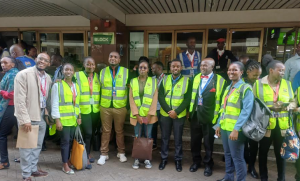
“I urge you to approach this exercise with diligence, integrity and professionalism, and to engage with industry players respectfully and transparently,” he said, adding that they carry the responsibility of not just collecting data, but of shaping the future of Kenyan industry.
KNBS Senior Manager for Industrial Statistics Isaac Ndegwa highlighted the variability of industrial establishments across the 17 sub-counties in Nairobi saying that different sub-counties have different rates of establishment hence creating varied industrial concentrations.
“You would expect a lot of concentrations of industry establishments in areas like Industrial Area and Baba Dogo hence higher rates of industrial activity,” he said adding that this shows varied industrial concentrations
On his part Kenya Industrial Estates Acting Managing Director Charles Mativo said that the data gathered will not only assist the government in better planning using data led planning but also inform infrastructure development, resource allocation, and skills development to support industries in the country.
“At the end of this exercise we expect to map all the industries and have their geo location,” he said adding that this will make it easier for the government, policy makers, investors and industry players to identify opportunities and plan effectively.
By Anita Omwenga


